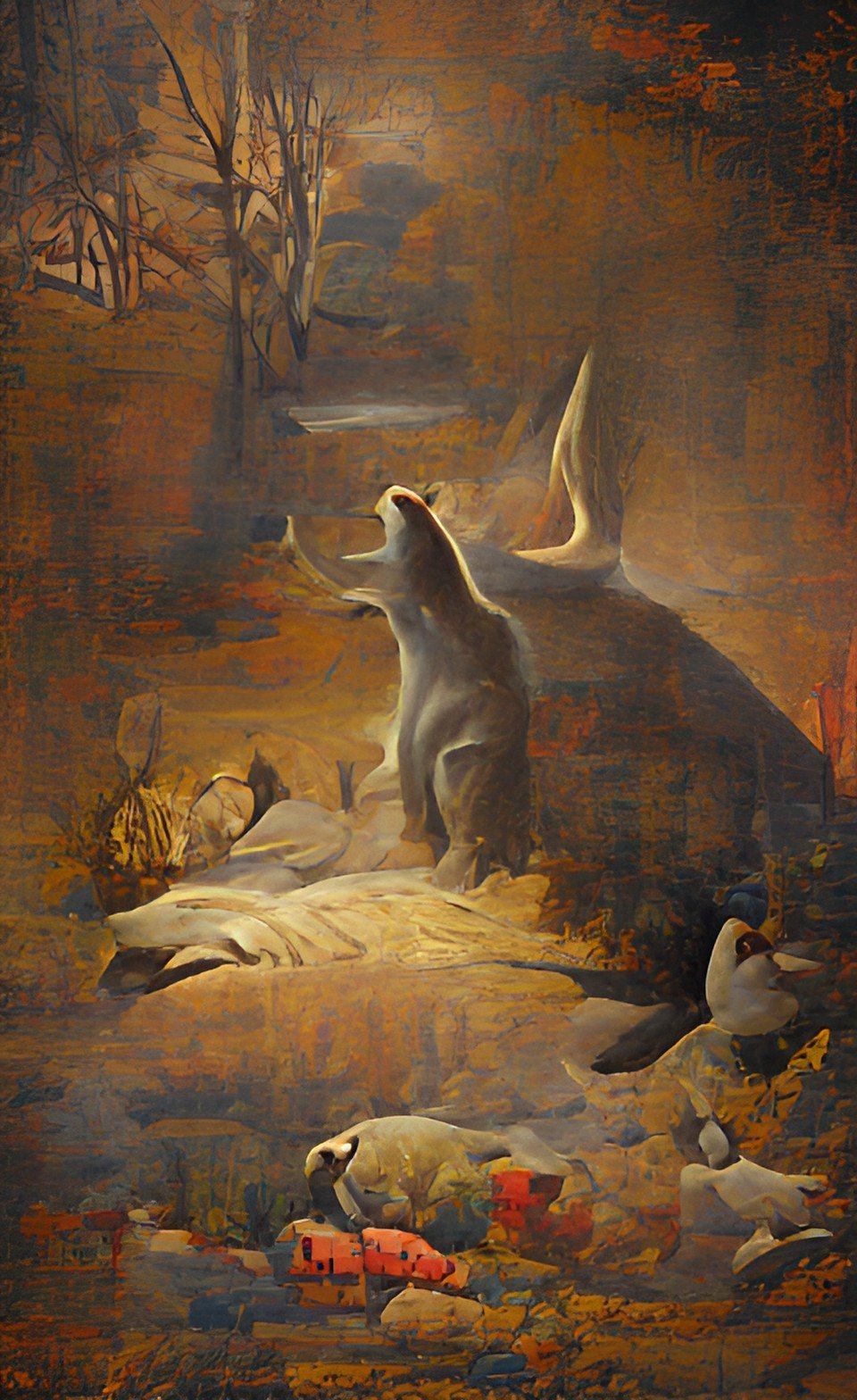Subscriber only. Here is the text:
It is 7pm on a warm August evening and here I am, a grown man, scanning the waterline for a monster. What is that disturbance on the surface over there? Probably just a ripple from the breeze. Or, hang on a second, is it really?
Ordinarily, such notions might presage a trip to a pharmacist for tablets to break a fever. But visitors to Drumnadrochit, a village in the Scottish Highlands, get a communal free pass for frivolity. For Drumnadrochit sits near the shore of Loch Ness.
It is the capital of hunters of Nessie, the loch’s most famous purported deep dweller. It is also the hub of the local tourism industry. Nessie tourism was estimated to be worth £41 million in 2018. These days, empty tourist beds in Drumnadrochit are almost as elusive as whatever lies beneath.
About £1.5 million (€1.75 million) was recently invested in a new Loch Ness Centre for the visitors who throng this place, also a gateway to one of the wildest parts of Scotland. The new attraction, a faintly tongue-in-cheek interpretive centre, opened during summer and is bustling.
This weekend, it sponsors what is billed as the biggest hunt for Nessie in 50 years. Monster enthusiasts will take to the loch in a flotilla of fervour on Saturday and Sunday armed with scanners and hydrophones.
There is, of course, a conscious facetiousness to much of this. Despite the 1,140 officially reported sightings over the last 90 years, the grin on most visitors’ faces suggests they suspect it is all a tall tale, and most of us are in on it.
But human nature being what it is, the intoxicating whiff of the unknown and the grain of possibility that there could be something unexplained after all is the glue holding it together.
“There are many people who do not believe that the Loch Ness monster exists,” noted US cryptozoologist Daniel Cohen in the 1970s. “[But] there is practically no one who would not be overjoyed to find out that it did.”
Adrian Shine looks and sounds exactly as you would expect an English naturalist who has spent 50 years searching Loch Ness to be. Now in his 70s, he is resplendent in tweed and with the finest of beards. His commanding voice and logical manner are complimented neatly by the twinkle in his eye. We grab coffee in the hotel beside the new visitor centre.
Over a half century, Shine has offered many explanations for the various sightings and phenomena surrounding the Nessie myth. Those ‘humps’ in the water are boat waves from the nearby Caledonian Canal, he says. The dark shapes gliding through the water are likely birds.
But, overall, Shine attributes Nessie to a social phenomenon. We see what we want to see, or what we are conditioned to expect to see. There are stories of strange creatures in the loch, so strange creatures are what people see.
“Loch Ness is the last place on earth you’d get a Jurassic monster. It’s far too cold for reptiles. That’s just rubbish. It always was,” he says. “But we’re human. We have stereotypes of what we might expect to see here.”
He says the root of the Loch Ness monster lies in the late 18th century and 19th century tradition of the sea serpent, with sightings of various supposed beasts everywhere from Norway to New England. Around 1850, scientists found fossils of Jurassic beasts such as long necked plesiosaurs, and that then became the form that sightings began to take. The imagined form of Nessie changed similarly from a serpent to a plesiosaur. Shine calls it “cognitive revision” – where the brain updates what it expects.
Irish missionary St Columba had the first recorded sighting of a serpent in Loch Ness 1,500 years ago. The modern legend started with a 1933 sighting by Aldie MacKay, manager of the local hotel. A local newspaper sensationalised her story. Shine met MacKay in the 1980s. She told him what she saw was only nine feet long.
The most famous Nessie picture of a head and neck rising out the water, the 1934 “Surgeon’s photo”, was a hoax. It was faked using a model barely a foot high. Christian Spurling, the man who made it, told Shine the story in the 1990s.
But sightings keep rolling in. According to Lochnesssightings.com, the most recent was on June 15th this year, when Etienne Camel, a pharmacist from Lyon, apparently saw a “65 foot long dark shape” moving through the water. He supplied a picture to newspapers.
Visitors keep rolling in too. I met people in Drumnadrochit from all over Europe, Asia and North America. I even met an Austrian couple who had travelled to Loch Ness in a renovated old Steyr-Puch Pinzgauer armoured military vehicle. They ripped out one of the beds to install a beer keg.
Shine, too, has stayed drawn to the loch despite his scientific scepticism. Originally from Surrey in southeast England, he now lives less than a mile from Drumnadrochit.
“Yes,” he says, his eye twinkling. “This landscape is dragon country. If there are no dragons here, there really ought to be. I came to conquer but got captured.”


